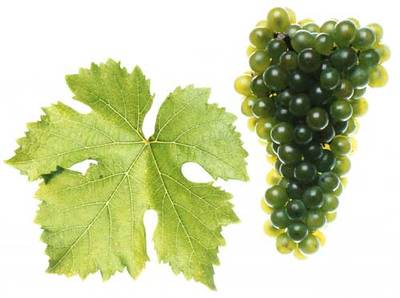OUR White Burgundy
The Pinot Blanc has a long tradition in our house and is since the planting 2012 back in our range. We use to harvest only fully ripe grapes in order to emphasize both the variety characteristics as well as to exploit the full potential of the variety. The wine will be cool fermented in large stainless steel tank and the fermentation is usually stopped at a residual sugar of about 6 g/l.
Dining companion for: Dining traditional Austrian cuisine as well as Asian dishes and light desserts!
Alcohol: 12,5-13% Vol
Residual sugar: dry
Vineyard: Lahm
Drinking temperature: 8° C


